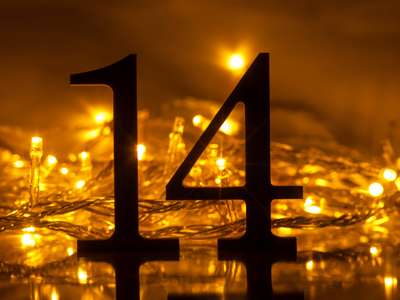
Is 14 a prime number?
Level 5-6 Algebra - Prime Numbers
In KS3 Maths, you'll encounter different types of numbers like integers, natural numbers, fractions, and even letters used in algebra. One special group you'll meet is the prime numbers.
So, what's a prime number? It's a whole number with exactly two factors - just itself and 1. For example, 2, 3, 5, 7, and 11 are the first five primes. Do you know the sixth?
Quizzes: Your Ticket to Fun Learning. Dive In
1 .
Is the number 1 a prime number?
Yes, because it is a positive whole number
No
Sometimes
Yes, because it is only divisible by itself and 1
The number 1 has only one factor - itself. Remember the rule, a prime number has TWO factors itself AND 1
2 .
What is the next prime number after 43?
44
45
46
47
You'd do well to memorise the first 30 or so prime numbers
3 .
Which of these numbers is a prime number?
4
7
9
12
All the incorrect answers have three or more factors
4 .
Which of these is not a prime number?
13
15
17
19
15 can be divided by 3 and 5 as well as 1 and 15
5 .
The word 'prime' is an abbreviation for what?
Primary
Primative
Priority
It is not an abbreviation
Prime is a word in its own right
6 .
Is the number 14 a prime number?
Yes
No
Yes, because it is divisible by 2
It depends which way you look at it
There are four factors of 14 - the numbers 1, 2, 7 and 14. Because there are more than two factors, it cannot be a prime number
7 .
Which of these is a prime number?
33
35
37
39
35 appears in the 5 and the 7 times tables, 33 is in the 3 and 11 times tables and 39 (which may have tricked you) is divisible by 13 and 3
8 .
Is there an easy way to work out which numbers are prime?
Yes
No
Sometimes
Only if you are a genius
Unfortunately you have to either learn the numbers or work them out
9 .
The number 24 has eight factors. Seven of the factors are 1, 2, 3, 4, 6, 12 and 24. What is the missing factor?
5
8
10
14
All the numbers given (along with the correct answer, 8) can be divided into 24 with the result that the answer is a whole number
10 .
What is the next prime number after 97?
98
99
100
101
1 and 101 are the only factors of 101 and therefore it is a prime number
**Unlimited Quizzes Await You! 🚀**
Hey there, quiz champ! 🌟 You've already tackled today's free questions.
Ready for more?
Ready for more?
🔓 Unlock UNLIMITED Quizzes and challenge yourself every day. But that's
not all...
not all...
🔥 As a Subscriber you can join our thrilling "Daily Streak" against other
quizzers. Try to win a coveted spot on our Hall of Fame Page.
quizzers. Try to win a coveted spot on our Hall of Fame Page.
Don't miss out! Join us now and keep the fun rolling. 🎉
**Unlimited Quizzes Await You! 🚀**
Hey there, quiz champ! 🌟 You've already tackled today's free questions. Ready for more?
🔓 Unlock UNLIMITED Quizzes and challenge yourself every day. But that's not all...
🔥 As a Subscriber you can join our thrilling "Daily Streak" against other quizzers. Try to win a coveted spot on our Hall of Fame Page.
Don't miss out! Join us now and keep the fun rolling. 🎉







